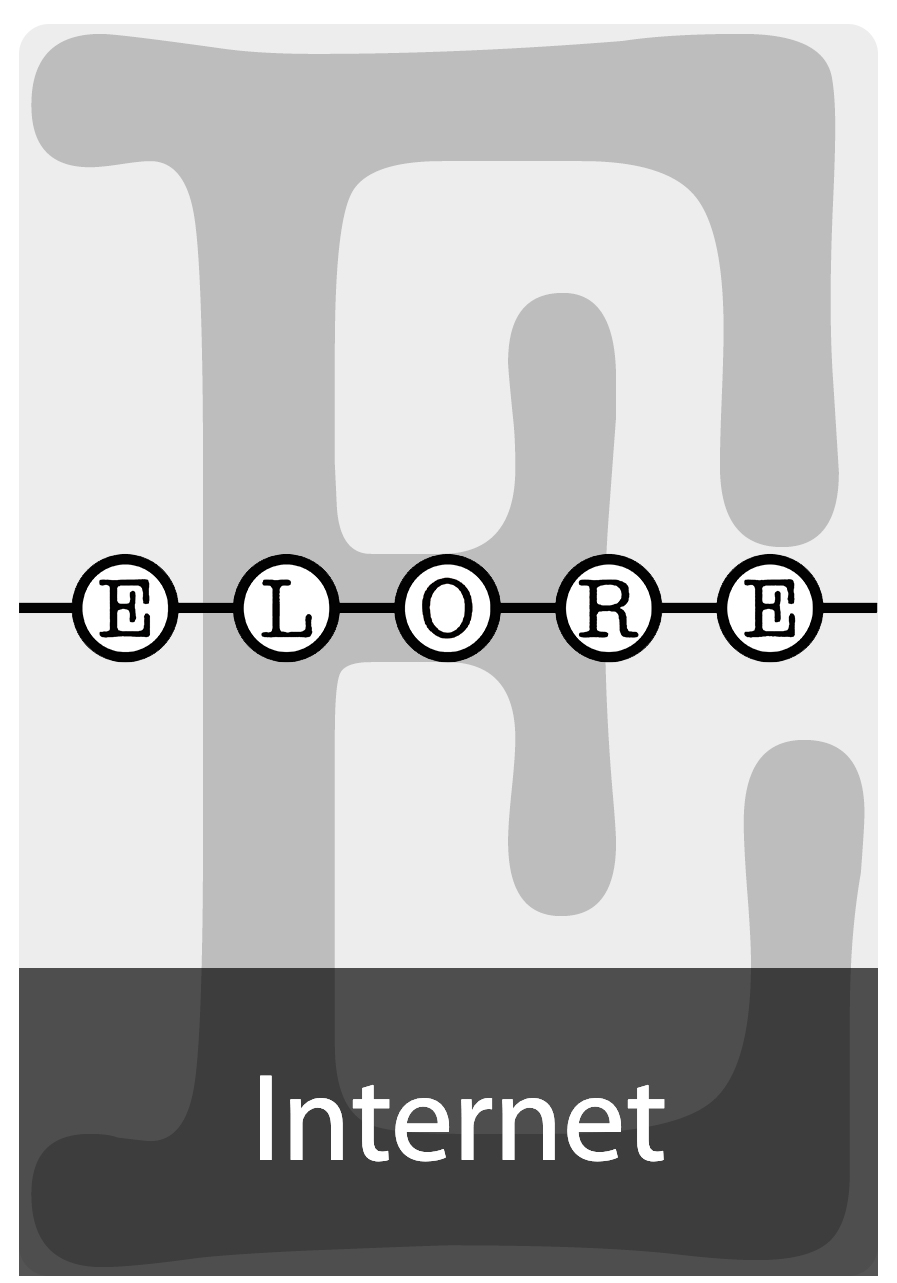Bittihautakiviä ja pikselimuistomerkkejä
Kuolema- ja sururituaalien virtualisaatio internetissä
DOI:
https://doi.org/10.30666/elore.78920Abstract
In her article the author reviews the preliminary results of her doctoral thesis, in which she asks why online memorials are being created. Is the privatization of mourning becoming more public in the 21st century? Does the popularity of internet mourning tell us more about the coherent internet culture or about the diffusion of the American (commercialized) death culture? The author’s methods are virtual anthropological and her research material consists of participant observation, three queries, online interviews, video and screenshot documents. The material was collected during 2007 and 2011. The research results indicate that the Web has given new possibilities for experiencing communal support through different applications, such as Facebook, virtual memorial websites, online (role-playing) games, blogs and discussion forums. The Web has increasingly become a larger part of people’s everyday lives, enabling virtual bereavement, loss and honouring. Sharing memories, photos and videos with the family and friends makes these virtual memorials an important part of the mourning process. Privacy is often concerned, but seldom executed properly. The publicity of the memorials is justified by the notion of giving information. The results also indicate that virtual memorials are a culture on their own, independent from geographical, cultural and national boundaries, and constitute a part of internet socialityDownloads
Published
How to Cite
Issue
Section
License
The journal follows Diamond Open Access publishing model: the journal does not charge authors and published texts are immediately available on the Journal.fi service for scientific journals. By submitting an article for publication on Elore, the author agrees, as of September 2024, that the work will be published under a CC BY 4.0 licence. Under the licence, others may copy, transmit, distribute and display the copyrighted work and any modified versions of the work based on it only if they attribute the licence, the original publication (link or reference) and the author as the original author. Any modifications made must be acknowledged.
Copyright of the texts remains with the authors, and self-archiving (Green OA) of the published version is allowed. This also applies to texts published before September 2024. The Green OA publication must include Elore's publication details.
The metadata for published articles is licensed under Creative Commons CC0 1.0 Universal.





